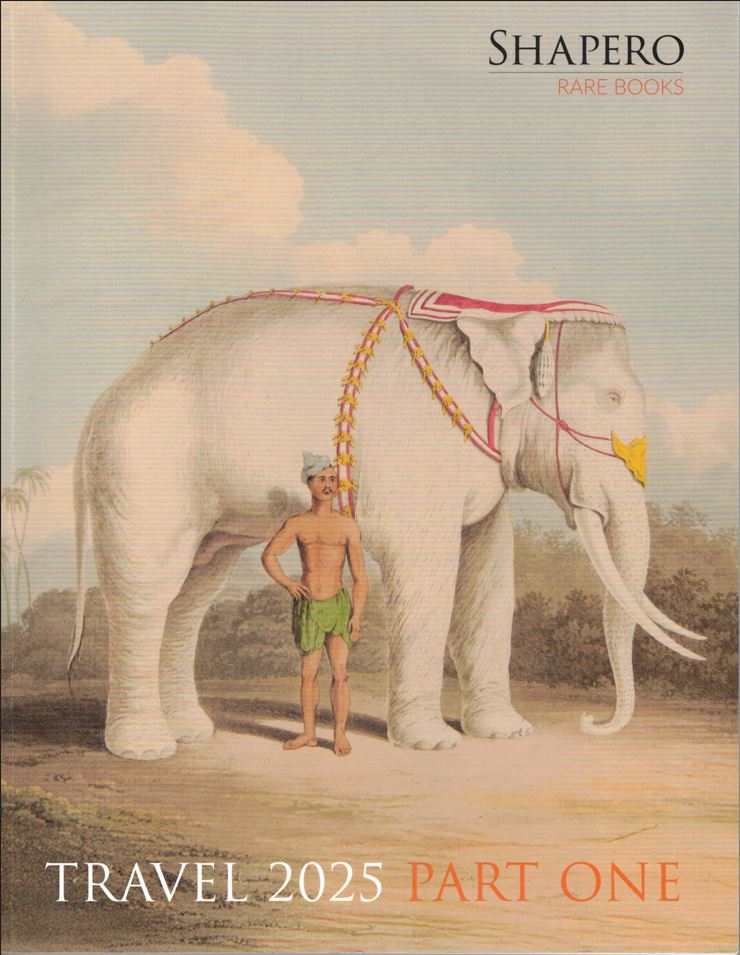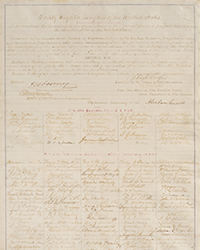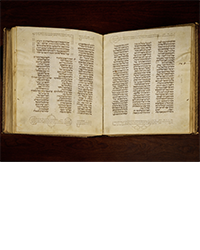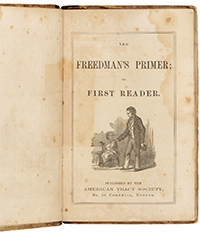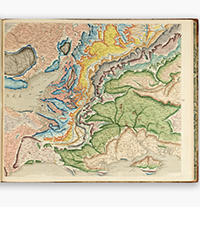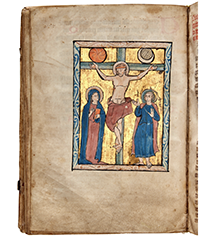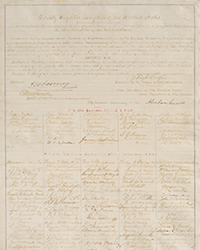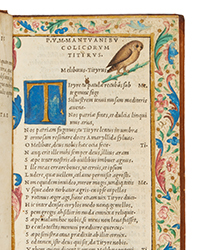Shapero Rare Books' latest catalogue is Travel 2025 Part One. These are travels coming from Europe, primarily England, to the rest of the world. They are mostly from the 17th-19th centuries, when the world map had been mostly charted and countries delineated, but much of what was inside them, the geography and people themselves, was still unknown. Here they are, as experienced by early European visitors.
The catalogue is divided into four sections: 1. Africa. 2. Voyages, the Americas, Mountaineering and Polar. 3. Greece, Ottoman Empire, Middle East and Central Asia. 4. India, Southeast Asia and the Far East. Now, here are a few examples.
Sir John Franklin, and those who dared sail with him, were very brave, or, alternatively, very foolhardy. Franklin was among the many who tried and failed to find a Northwest Passage, a sea route from the Atlantic to the Pacific north of Canada. It is extremely cold up there and sailing is difficult when most of the year the route is frozen over. Well aware of the issues, Franklin did the final part of the journey overland, traveling up the Coppermine River to its mouth on the Arctic Sea. From there, they traveled east, mapping out that portion of the Northwest Passage. Unfortunately, they didn't get much support from natives or trading companies. Weather was unusually harsh and supplies ran out. Shapero notes, “It is one of the most terrible journeys on record, many of the party dying from cold, hunger, or murder.” Those that made it ended up traveling 5,500 miles before being rescued. Franklin's account is titled Narrative of a Journey to the Shores of the Polar Sea in the Years 1819, 20, 21, and 22, published in 1823. As Shapero said, it was “one of the most terrible journeys,” but not the worst. Everyone, Franklin included, perished on his final attempt to find the passage by sea. Item 33. Priced at £2,850 (British pounds or approximately $3,685 in U.S. dollars).
Rev. John Campbell was a Scottish missionary. He spent much of his life helping others in need along with teaching his faith. He was particularly concerned about the poor. He opposed the slave trade and brought 30-40 African children to England to be educated. In 1812, he undertook his first mission to South Africa to check on their existing missions. In 1819, he made a return trip. He first wrote a book about his first trip. This one is about the second journey, published in 1822: Travels in South Africa, Undertaken at the Request of the London Missionary Society; Being a Narrative of a Second Journey in the Interior of that Country. In an observation atypical of Europeans of that time who considered themselves superior, Campbell writes, “I can perceive no inferiority of intellect, except what may be put to the score of education... The Hottentots are not as savage or dull as our own peasantry, or as the Dutch boors.” Item 5. £1,500 (US $1,940).
George Anson set out from England with a fleet of six ships, his mission to interfere with Spanish shipping, the possibility of capturing their loot a major incentive. It was mostly a disaster, though ultimately all turned out quite well for Anson, who captured one Spanish ship filled with loot. All but Anson's ship were either forced back rounding the Horn or sunk along the way. One of those ships that didn't make it was the Wager. Here is gunner John Bulkeley's account of that ship's fate, A Voyage to the South-Seas, in the Years 1740-41, Containing a Faithful Narrative of the Loss of His Majesty's Ship the Wager... published in 1743. The Wager was a supply ship that ran aground just past the Horn. The men split into two groups. Bulkeley's group took the longboat back through the Strait of Magellan and up the east coast to Brazil. It was an arduous journey, the men suffering a lack of food and supplies, and enduring harassment from natives. They eventually made it to Rio and from there returned home to England. Item 29. £3,000 (US $3,882).
Lady Anne Blunt was a baroness and she and her husband had sufficient wealth to travel where they pleased. Lady Anne's choice was Arabia. They both were greatly interested in horses. She brought back Arabian horses to her English home. She wrote of her travels in A Pilgrimage to Nejd, the Cradle of the Arab Race, published in 1881. Nejd is an area located in today's Saudi Arabia. They crossed the Nafud desert, explored the Nedj region, and met the Emir. Her book describes the area with accounts of hunting and Arabian horses. Item 46. £1,650 (US $2,135).
David Livingtone was a physician, missionary, and explorer. Today, it is the third of those roles for which he is remembered. He went to Africa as a missionary, but his curiosity to learn more about the interior of the dark continent consumed his time. He particularly wanted to find the source of the Nile, believing that making such an important discovery would give him the influence to stop the slave trade. It would be his “disappearance” in the continent that would result in Henry Stanley's famous search to find him. “Dr. Livingstone, I presume.” Livingstone wrote about his journeys in this 1857 book, Missionary Travels and Researches in South Africa; including a sketch of sixteen years residence in the interior of Africa... He visited many areas never before seen by a white man, including Victoria Falls. This copy has been inscribed by Livingstone to to Sir Thomas Dyke Acland, a politician and philanthropist. Item 12. £8,500 (US $10,996).
Shapero Rare Books may be reached at +44 (0)20 7493 0876 or rarebooks@shapero.com. Their website is www.shapero.com.

